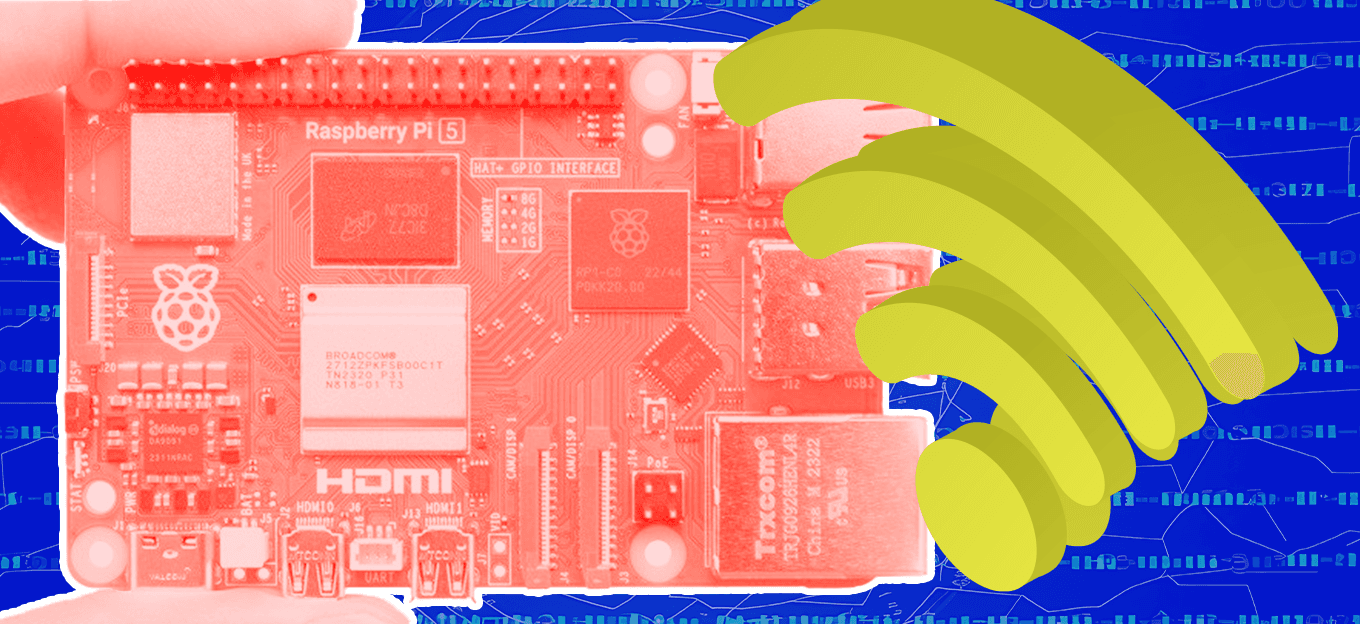Designing for Chaos: What Embedded Systems Actually Face at the Industrial Edge
Designing for Chaos: What Embedded Systems Actually Face at the Industrial Edge
- Last Updated: May 7, 2025
BlackPearl Technology
- Last Updated: May 7, 2025



Everyone sells the Industrial Internet of Things (IIoT) as seamless: connect your machines, capture the data, and let software optimize the rest. Sounds clean. In the real world, it isn’t.
What we see—over and over again—is systems stitched together with protocol bridges, middleware, and duct-taped logic. That’s not integration. That’s compensation. It’s what happens when hardware and software are developed in isolation and expected to magically work together.
The real promise of IIoT was never just visibility. It was orchestration. Decision-making. Autonomy. That promise has gone largely unfulfilled—not because the tech isn’t ready, but because the industry keeps underestimating what true integration takes.
I’ve said this more than once to my team: “Everyone thinks you can just bolt sensors onto legacy systems, add a dashboard, and suddenly you’re ‘smart.’ That’s fiction. Real integration means rethinking the entire system — from the hardware up.”
IIoT isn’t a plug-and-play upgrade. It’s a systems engineering problem. One that spans hardware constraints, software complexity, organizational silos, and decades of architectural debt. Until companies accept that, most deployments will stay stuck in pilot purgatory.
Engineering for Coherence
Most IIoT stacks we see out in the wild aren’t elegant—they’re stitched together. Frankenstein architectures. Gateway after gateway. Layer after layer. None of it was designed—just... added.
This slows everything down: edge decision loops, OTA firmware updates, and responsiveness. And worse, it hides real problems until they become production failures.
At the root of this mess is a decades-old mindset. Hardware was treated as fixed. The software was the overlay. But now? Edge devices run AI. Firmware is over-the-air. Sensors adapt on the fly. Hardware and software can’t live in silos anymore—they need to co-evolve.
If we truly built for integration, we wouldn’t need all these wrappers and bridges. We’d have simpler, faster, more coherent systems—not because they’re minimal, but because they’re engineered to work as a whole.
IT vs. OT
Technology alone won’t solve this. One of the biggest barriers we see isn’t technical—it’s cultural. It’s the divide between IT and OT.
It comes in thinking software-first: cybersecurity, cloud scale, sprints. OT thinks in terms of uptime, safety, and physical systems. When those mindsets don’t align, integration breaks—fast.
I’ve seen a firmware update take down over a million dollars in industrial equipment—not because the code was bad, but because the IT team assumed redundancy that OT knew didn’t exist. The fallout? Weeks of downtime and a fractured team.
That’s not a fluke. That’s a design failure at the organizational level. Fixing it requires more than tools—it requires shared mental models, new hybrid roles, and cross-disciplinary design from day one.
Open Architectures as Strategic Leverage
People love to argue about open standards like it’s a philosophical debate. It’s not. It’s strategy.
Closed, proprietary systems might get you to market faster, sure. But three years in, you’re locked in. One vendor, no flexibility, and no talent pool that can touch your stack without learning a bespoke language.
I’ve always believed: “It’s like building a race car with a custom engine no one else can service. It’s cool—until the pit crew retires.”
Open systems aren’t about being ideological. They’re about building something that can grow, evolve, and stay operational under shifting demands. They give you leverage—not just over tech, but over your future.
From Data Interfaces to Intelligent Orchestration
The smartest industrial teams I’ve worked with? They’re not chasing integrations—they’re eliminating the need for them.
They design hardware and software in lockstep. They treat edge devices as part of the decision engine—not just data collectors. They assume interoperability from the start—not engineer it after the fact.
That’s the shift: from integration as an interface to integration as orchestration. From patchwork systems to coherent ones.
But making that shift requires different people, too. Not just tool users, but translators—people who speak Modbus and microservices, who can design for safety and iteration, who understand both the signal and the protocol.
Designing for Durability
The gap between what looks good in the boardroom and what works in the field is widening. A lot of what gets built right now is built to demo, not to last.
What wins in the long run? Quiet systems. Embedded systems. Devices no one talks about—because they just work.
What fades? Dashboards that no one trusts. Predictive alerts that get ignored. Edge AI was never connected to operational reality.
The next five years are going to separate the field-tested from the field-failed. The organizations that win will be the ones that treat integration not as an afterthought—but as a design principle. Across their platforms, across their teams, across their thinking.
Because in the end, IIoT was never about dashboards. It was about decisions.
And we need to build systems smart enough—and resilient enough—to make those decisions without asking for permission.
The Most Comprehensive IoT Newsletter for Enterprises
Showcasing the highest-quality content, resources, news, and insights from the world of the Internet of Things. Subscribe to remain informed and up-to-date.
New Podcast Episode

What is Hybrid Connectivity for IoT?
Related Articles

